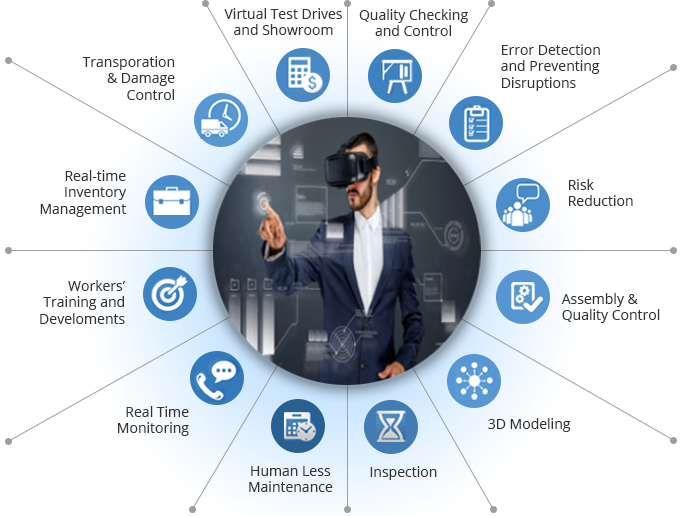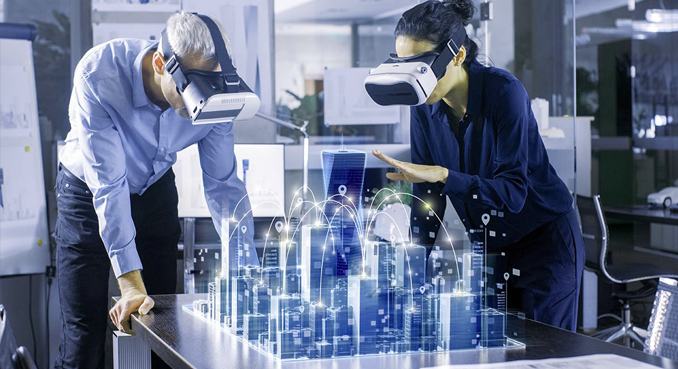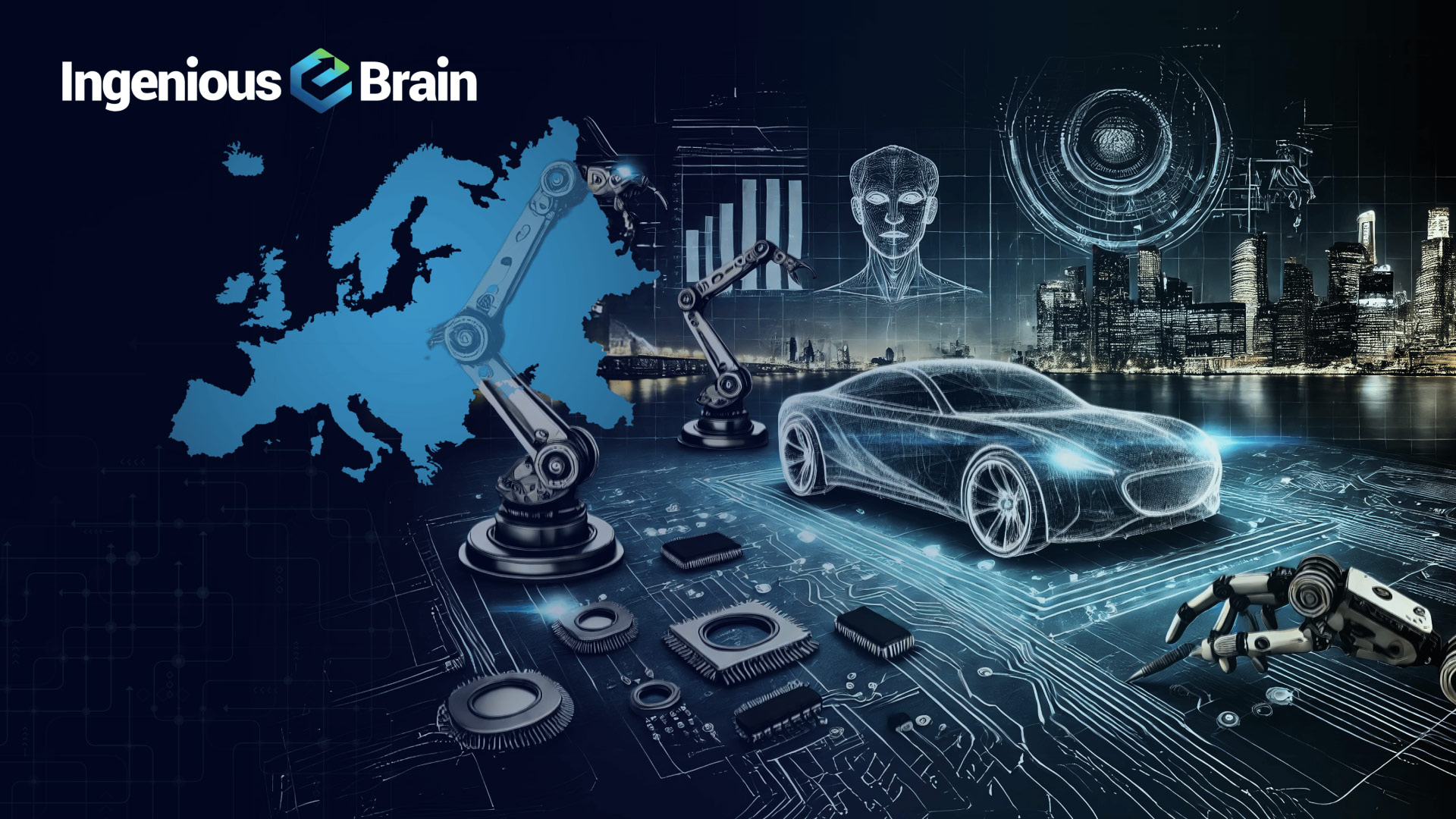Virtual reality (VR)/augmented reality (AR) is a critical information area of the new generation, and communication technology has excellent industrial potential and broad reach. Integration of AR/VR technology is in an emerging phase, with most companies making an effort to understand its benefits from their operations point of view.
AR/VR technology incorporates digital elements in real-time situations, often using the camera on a smartphone, tablet, or computer. At the same time, Virtual reality (VR) provides an entirely immersive experience that shuts out the physical world. Such technologies are proving to make the operation process more efficient through predictive analytics. For instance, identifying a flaw in a product design could take weeks to analyze the data; however, digital interaction using AR/VR can spot a design flaw in just a few minutes, saving time and cost.
AR/VR Contribution Towards Enhancing Operations
Key industrial players are trying to incorporate AR/VR into various processes within a production facility to enhance operations. The forward-thinking manufacturers believe that analyzing the entire production line through a virtual environment helps detect the bottlenecks and areas of improvement more effectively within a few minutes. Such solutions also eliminate the need to create expensive prototypes to identify gaps within their production lines and save costs.
AR can also help improve the maintenance in the manufacturing facilities. For example, the information required by a technician to check or repair a machine can be displayed or projected directly onto the part, eliminating the need to refer to charts and thus reducing time and effort.
Integration of VR can improve safety by digitally analyzing the production processes and identifying contingency situations in advance. For instance, automotive manufacturers can create different weather and traffic conditions to optimize their vehicles’ safety features.
Emergence Towards AR/VR Solutions
AR/VR solutions are responsible for digitally optimizing and controlling various processes at the operation level. There is a significant rise in the inclination of such solutions in the market, considering their benefits in reducing time, improving safety, enhancing efficiency, and reducing cost.
The global Virtual and Augmented Reality market is growing exponentially. According to the European Association (CBI Ministry of Foreign Affairs), spending on these products and services was nearly 27 billion Euros in 2018, with an impressive growth of 92% since 2017.
A Surge in Investment Towards AR and VR
AR and VR spending can grow at an average annual growth rate of 72% from 2017 to 2022. This growth indicates considerable opportunities for different sectors in the near future.
AR/VR technology is going mainstream with the widespread adoption of 5G networks and their convergence with the Cloud. For instance, GSMA launched a new forum to support 5G Cloud-Based AR/VR. This initiative accelerates the delivery and adoption of 5G cloud-based augmented reality (AR) and virtual reality (VR) technology. 5G is the technology that can meet all these needs with its new network capabilities. This initiative will have a positive impact on the AR and VR market in the coming future.
Applications and Use Cases
AR/VR is currently causing positive disruption to many operational processes. With the ability of AR and VR to create a virtual simulation of almost every aspect of the manufacturing process, the impact of its use can be truly revolutionary. AR/VR provides various advantages in the manufacturing processes, which are as follows. It enables human-less maintenance during operations and real-time monitoring, virtual training & development strategy, and other procedures.

Companies like Volkswagen have developed a new augmented reality device that allows technicians to see layouts and plans before they exist. It is a software program that works with eye protection. In the factory, workers and technicians can see various parts, equipment, and machines designed and built into computer programs. The technology’s key objective was to reduce the logistical stress and spot potential issues in less time.
The growing adoption of AR/VR is expected to transform various organizational processes with improved efficiency and enhanced experience.


